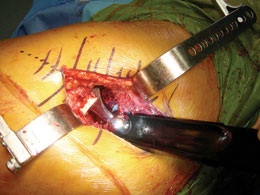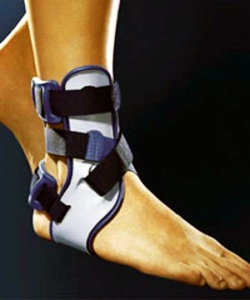So you’ve torn your rotator cuff, is there such a thing as rotator cuff pain relief therapy without surgery? Yes. First the simple stuff. If you can’t lift your arm, then you’re likely too injured for this particular blog post (more to come). However, if you just have pain on lifting, then this blog’s for you. If you’re in this later category, the good news is that you likely have a partial rotator cuff tear, where the muscle is torn, but not through and through. We frequently use treatment such as IMS to get rid of the muscle knots and help the pain. This is where a tiny acupuncture needle is used to eliminate painful portions of the muscle (this is very different than traditional Chineese acupuncture where the muscles aren’t treated). In addition, massage therapy of the supraspinatus, infraspinatus, subscapularis, teres, or upper trapezius may help. Finally, before you consider surgery, look at one of the newer injection based options to heal the tear with less down time. For example, the patient’s own stem cells can now be injected into the rotator cuff tear under x-ray guidance, so that no surgery is required. This gets rid of that big blue pillow immobilizer and the long recovery commonly associated with rotator cuff surgery. You should give your rotator cuff tear a 4-6 weeks to heal and if it’s staying the same, time to get something done. The big issue you want to avoid is muscle atrophy, so all of this should be performed with rotator cuff exercises.





